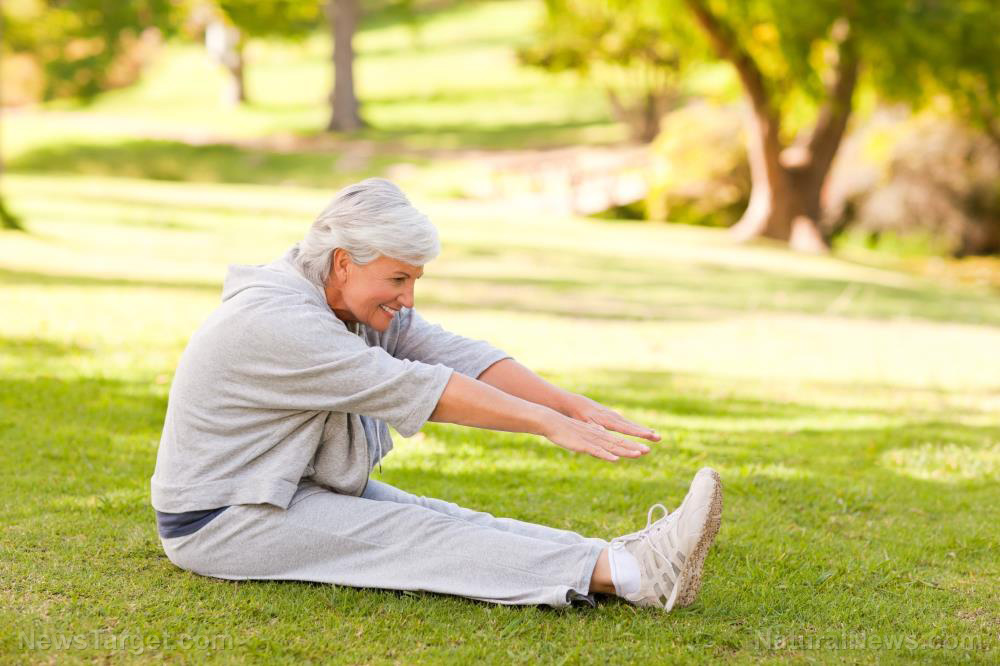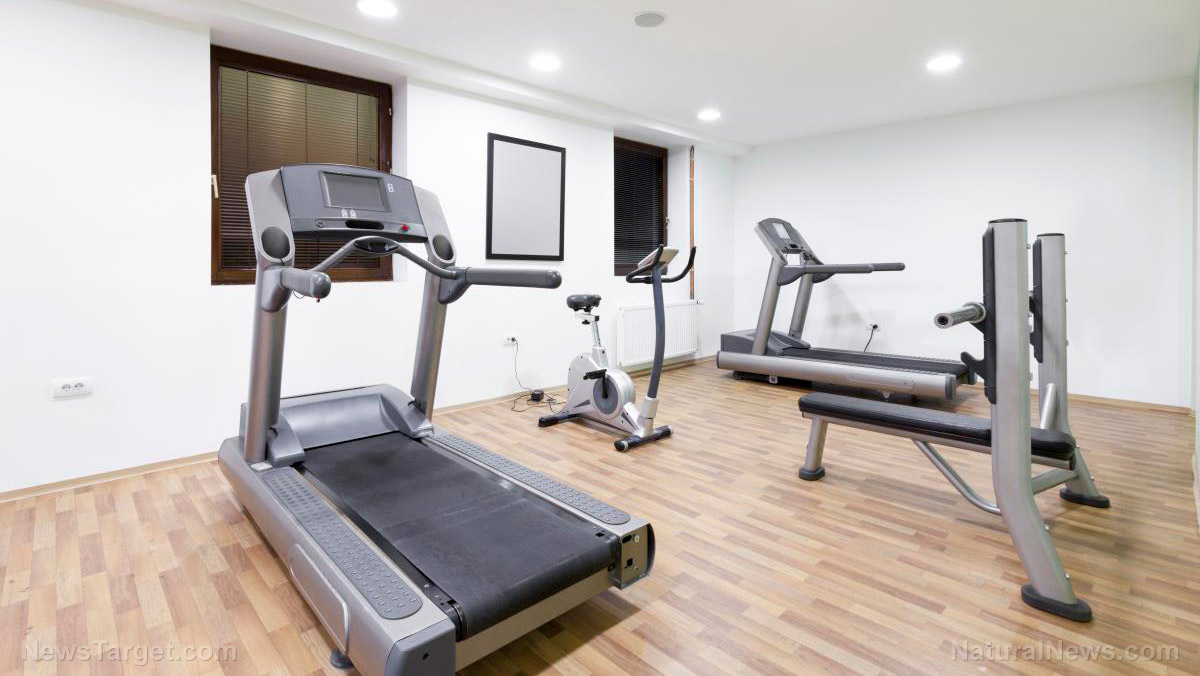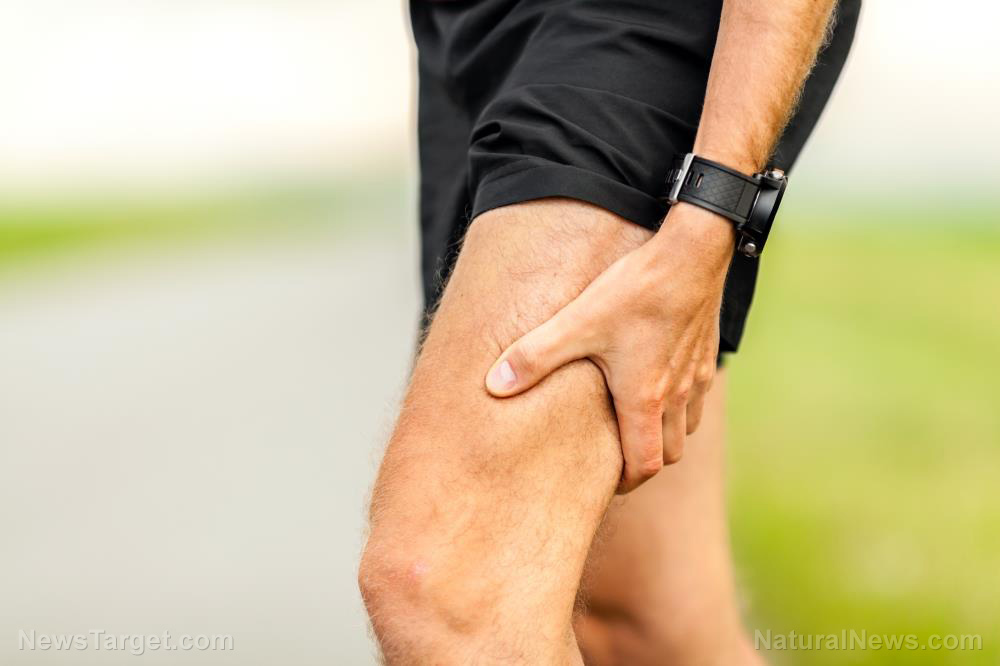Just 10 minutes of exercise is all it takes to cut your risk of dying by nearly 20 percent
12/01/2019 / By Melissa Smith

Being physically active is one of the many things you can do to live a healthy, long life. But how much exercise do you need? A study published in the British Journal of Sports Medicine suggests that exercising for just 10 minutes every week may help you live longer.
The sedentary nature of modern, busy lives makes it hard for many people to find enough time to get moving. Some even find it challenging to simply get off the couch and do a little exercise.
In this study, researchers from Shandong University in China and the University of Texas in the U.S. examined data from more than 88,000 American adults who were enrolled in the National Health Interview Survey between 1997 and 2008. All participants were 40 to 85 years old and were free from chronic diseases. They also provided demographic and health information.
After an average nine-year follow-up, the researchers recorded nearly 8,000 deaths. They also found that even light physical activities, such as pottering around the garden, counted. Any amount of exercise reduced the risk of deaths caused by cardiovascular disease, cancer, or any other cause. This indicated that even little exercise is significantly beneficial. (Related: The up-side of chores: Daily physical activity, such as house-keeping, found to prolong life for older women.)
People who got just 10 to 59 minutes of light-to-moderate intensity physical activity during their free time each week were 18 percent less likely to die early than those who were sedentary. They also had a 12 percent lower risk of dying from cardiovascular diseases and a 14 percent lower risk of dying from cancer.
As people exercised more, they reaped more health benefits. The researchers found that people who did 50 to 149 minutes of light-to-moderate physical activity every week reduced their risk of dying early by 22 percent compared with sedentary people. Those who exercised for 150 to 299 minutes weekly had a 31 percent lower risk. Doing 300 to 499 minutes of exercise weekly was associated with a 33 percent lower risk of early death.
While current guidelines recommend at least 150 minutes of moderate exercise or 75 minutes of intense physical activity every week, their findings suggested that exceeding that amount is better. Participants who exceeded this standard by 10 times or more – 1,500 minutes or 25 hours of exercise a week or more than three hours a day – had a 46 percent lower risk of dying than the least active group.
The researchers noted that they were not able to consider certain lifestyle factors that could affect mortality risk, such as dietary patterns and changes in physical activity over time. Despite these limitations, the study’s findings still highlighted the importance of physical activity, even in low doses.
It’s never too late to start
If you’ve been living a sedentary life, now is a good time to start. A 14-year study published in JAMA Network Open suggested that people who only started to workout midlife may still increase their odds of living longer.
People who started out sedentary but became active later on were 35 percent less likely to die of all causes than if they remained sedentary. They also had a 43 percent lower risk of dying due to heart disease and were 16 percent less likely to die of cancer than if they remained inactive. The researchers reached this conclusion after studying data of over 300,000 adults aged 50 to 71 who completed surveys about their exercise habits from adolescence through the most recent decade.
“We were very pleased to see that individuals who increased their exercise participation only later in adulthood still enjoyed the health benefits associated with exercise participation,” said study leader Pedro Saint-Maurice of the National Cancer Institute in Bethesda, Maryland.
Saint-Maurice and his team suggested that if you’re active during adolescence, remain active. For those who have not been active for a long time, start moving now, but they should increase their physical activity gradually.
Sources include:
Submit a correction >>
Tagged Under:
alternative medicine, anti-aging, death, disease prevention, early death, exercise, fitness, heart health, long life, longevity, mortality risk, natural cures, natural medicine, physical activity, premature death, prevention, research, slender
This article may contain statements that reflect the opinion of the author
RECENT NEWS & ARTICLES
LongevityScienceNews.com is a fact-based public education website published by Longevity Science News Features, LLC.
All content copyright © 2018 by Longevity Science News Features, LLC.
Contact Us with Tips or Corrections
All trademarks, registered trademarks and servicemarks mentioned on this site are the property of their respective owners.




















